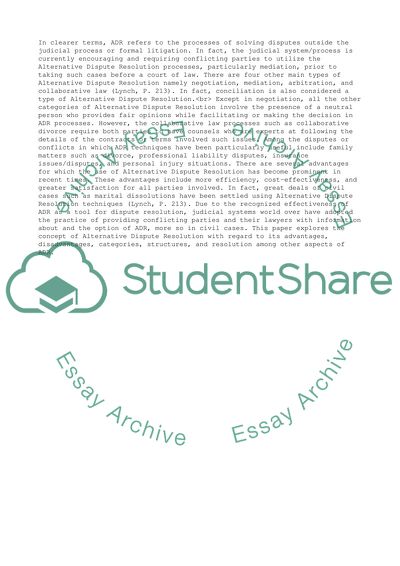Cite this document
(A Systems Approach to Conflict Management Term Paper, n.d.)
A Systems Approach to Conflict Management Term Paper. Retrieved from https://studentshare.org/management/1588737-alternative-dispute-resolution-easy-work
A Systems Approach to Conflict Management Term Paper. Retrieved from https://studentshare.org/management/1588737-alternative-dispute-resolution-easy-work
(A Systems Approach to Conflict Management Term Paper)
A Systems Approach to Conflict Management Term Paper. https://studentshare.org/management/1588737-alternative-dispute-resolution-easy-work.
A Systems Approach to Conflict Management Term Paper. https://studentshare.org/management/1588737-alternative-dispute-resolution-easy-work.
“A Systems Approach to Conflict Management Term Paper”, n.d. https://studentshare.org/management/1588737-alternative-dispute-resolution-easy-work.


